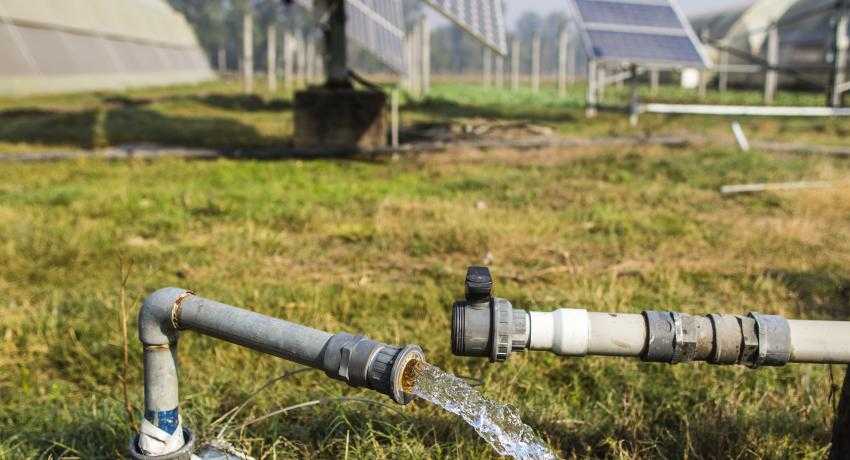Uses of Solar Energy in Agriculture
In its nascent stages, solar energy was primarily used to supply electric energy to homes and offices that were far from a power grid. Over time, solar energy has found its way into other sectors and applications. As a renewable energy source, there is no fear of its depletion, unlike fossil-fueled energy such as coal, gas, and petroleum.
Transitioning from non-renewable sources of energy to renewable ones has opened the door to a myriad of possibilities. It has also increased the demand for solar panel installations making the cost less prohibitive.
Solar energy has made significant inroads into daily living, agriculture, and transportation. While solar energy has focused on supplying electricity for space heating and lighting, it has expanded to include solar drying, solar cooling and refrigeration, and cooking.
The addition of a reliable solar battery storage system aids in increasing the efficiency of your renewable power source. With a battery, you can save even more money because you’re not relying on energy corporations as you would with a standard system, so you'll be able to attain power independence.
Solar Energy in Agriculture
Rural areas depend on agriculture and need to access renewable sources of energy to make a sustainable living. Agricultural processing such as irrigation, poultry lighting, and pest control do not require high energy output and solar photovoltaic cells are a proven choice as an energy source.
Since farming and agriculture consume a large amount of electricity for irrigation, plowing, greenhouses, heating and cooling of buildings that house livestock, and dairy operations, utility bills can drain the budget. But, with solar power, while the upfront cost may be high, farmers will benefit in the long term.
Some of the areas in which the agricultural industry can benefit include solar drying, pumping water, and refrigeration for food preservation.
Dryin
In the past, drying agricultural products such as meat, vegetables, and fruits were left to dry in the open air, causing a higher loss rate of perishables. Instead, using solar thermal energy after a harvest provides a longer storage time as it takes less time and is removed from the impact of natural elements. Farmers can also transport them ahead of time when the markets are not already saturated.
The different types of solar dryers include direct, indirect, and hybrid modes of drying. Direct drying is done with a solar box dryer, the indirect dryer is in the form of a solar cabinet dryer, and the mixed or hybrid mode comes from a hybrid solar or biomass cabinet dryer.
Refrigeration
Processing and preserving agricultural food products involves refrigeration and is energy-intensive. Solar energy for cooling is more viable, especially in rural areas with little to no access to a power grid. With continued development and applications, solar energy can be used effectively in space cooling or a combination of heating and cooling, extending the shelf life of farm products.
Water Pumps
Solar energy can be used in small-scale farming and more extensive agricultural irrigation. The solar water pump system can have an inbuilt inverter and energy storage to ensure a regular water supply every 24 hours. Solar water pumps can also provide a steady water supply for livestock and be useful for daily living.
To conclude, solar energy and its uses are continuing to evolve. With new and advanced technology, using solar power seems to be the most sensible solution, financially viable, and eco-friendly




